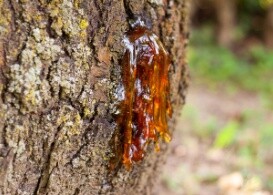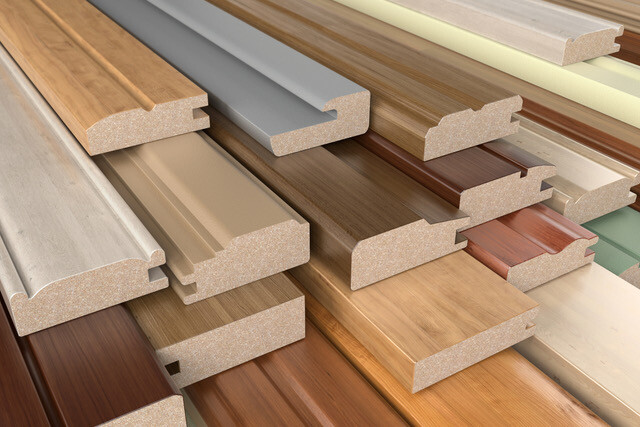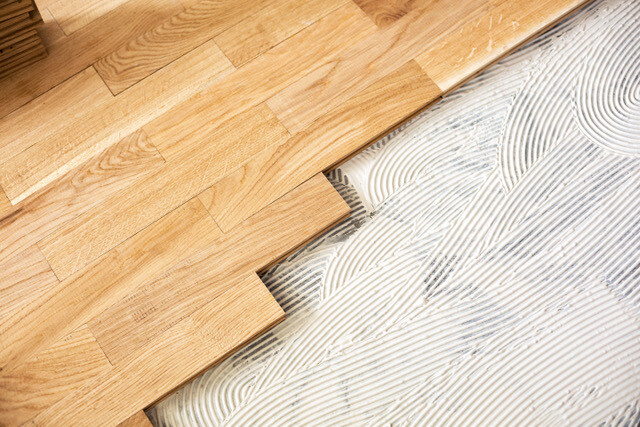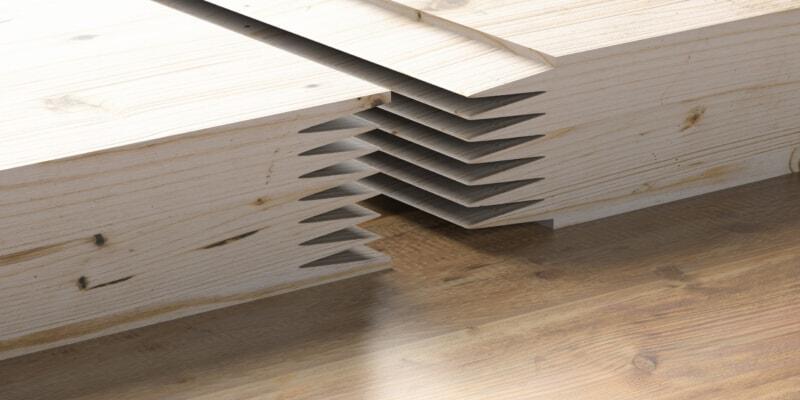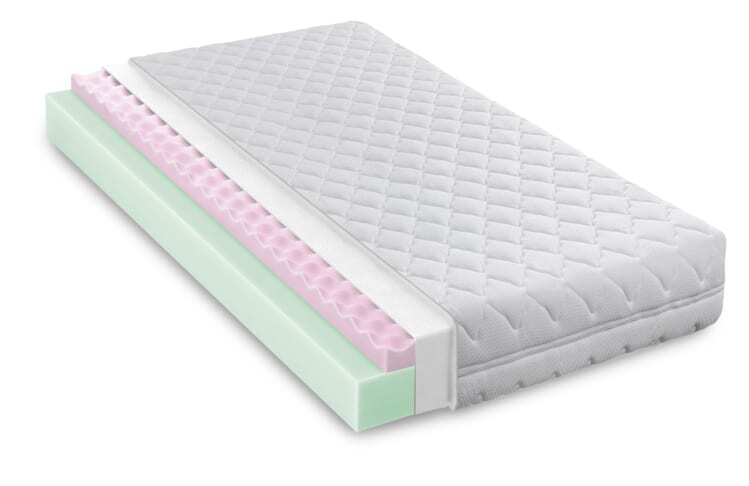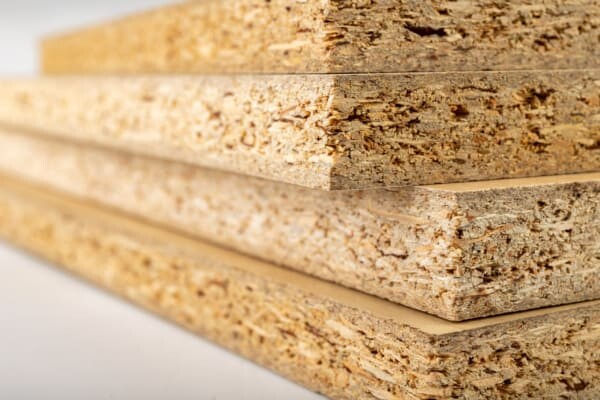Hot melt adhesives for mattresses
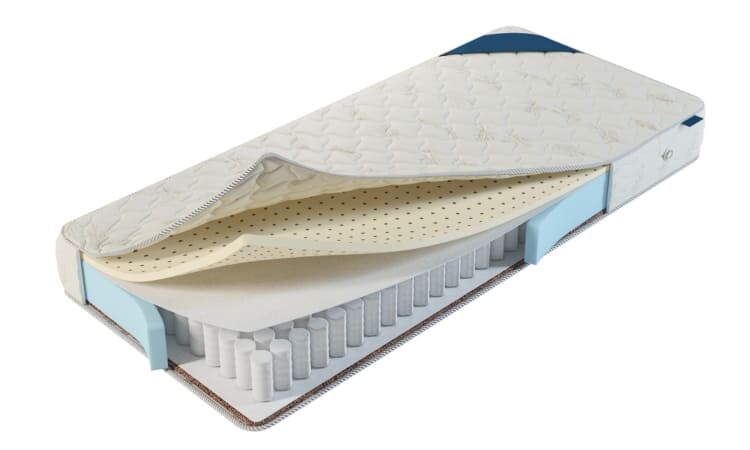
Hot melt adhesives for mattresses enable non toxic bonding
Hot melt adhesives for mattresses are becoming increasingly popular, as they offer a non-toxic, environmentally-friendly solution for mattress bonding. These adhesives bond components together at the highest possible efficiency and at the lowest application costs. Different hot melt adhesive formulations are used for example for joining foam around springs, attaching cushioning foam and insulation to the mattress interior body and keeping upholstery fabrics and pillow top cushioning in place. All these applications are possible in an efficient manner with the lowest possible impact on the users and environment. All thanks to hot melt adhesives specially designed for mattresses.
Why choose for hot melt adhesives for mattresses
The reason for the popularity of hot melt adhesives for mattresses lays in the benefits the formulations provide. The most beneficial characteristics of hot melt adhesives for t he process and product include:
- Non-toxic: hot melt adhesives are 100% solid. This means that they do not contain any solvents, nor do they release toxic fumes. Their VOC (volatile organic compound) value is close to zero and they are non-flammable. This increases product and process safety also in the mattress industry.
- Fast curing: as the name implies, hot melt application uses heat to soften them to a liquid form. The adhesives cure as they cool down to room temperature allowing for quicker and easier assembly. Packaging is possible shortly after assembly.
- Production automation: to increase the assembly line efficiency and production, hot melt adhesives for mattresses are suitable for automated application processes.
- Easy to handle: in general, hot melt mattress adhesives are easy to handle. They come in a solid form, are fast and efficient to apply and, unlike water based systems, cure without evaporation. The use of hot melts increases the overall productivity.
- Colorfast: as mattresses are consumer products, the aesthetics play an important role. Hot melts are colorfast, usually white and absolutely non-yellowing.
- Strength: in many cases the fabric or foam which is bonded wears out earlier than the adhesive shows signs of deterioration.
- Costs: hot melt adhesives are generally cheaper than other mattress adhesives. When working with hot melts, less product is needed to make the same bond. There is also little to no overspray.
- Design freedom: hot melts adhere to a wide range of surfaces. This allows for using materials which usually would be difficult to glue. Materials such as memory foams and gels are no problem for mattress hot melts.
The down side of hot glue in mattresses
The only disadvantage of hot melt adhesive systems is that they may make a Velcro-like noise when the finished mattress is in use. This is due to faults in application: the bond is strong, but not uniform. Fortunately, new technologies allow for flawless application eliminating the problem of the mattress making noise. If the risk of noise is wished to be eliminated completely, other types of mattress adhesive could be considered.
Customized hot melt adhesive formulations with even more benefits
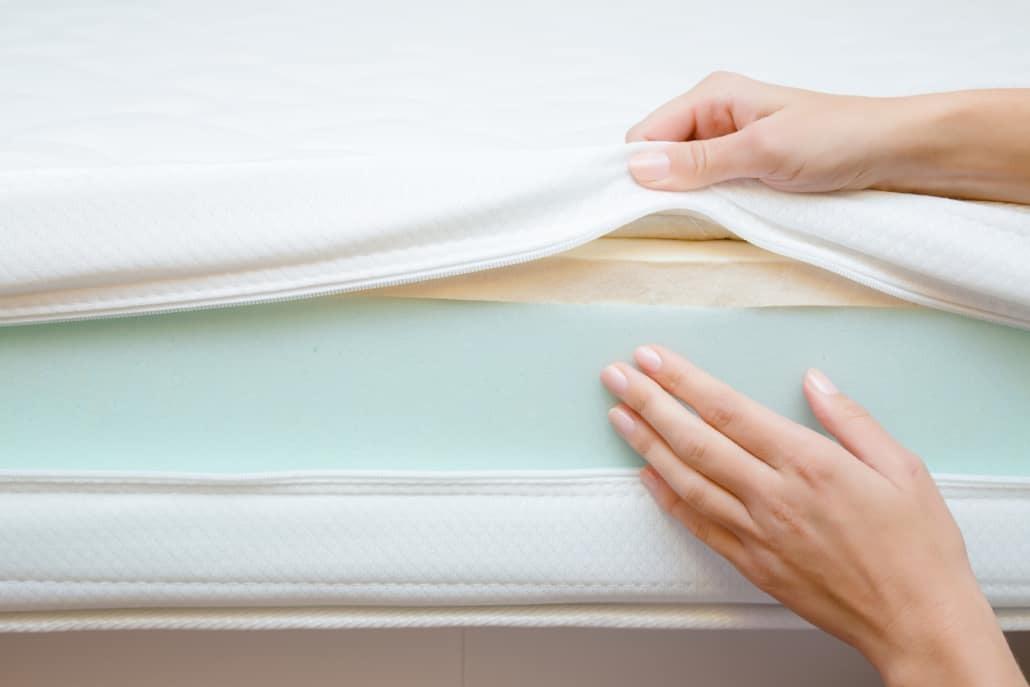
The hot melt adhesive formulations are continuously developing to meet the ever-advancing needs of customers in the bed market. Improved comfort is required and achieved through additional layers of gels and foams which also need bonding to keep the assembly together.
Most hot melt adhesives are modifiable. So they can perfectly fit the needs of your mattress production process, assembly line and the finished product. The modification takes place by additional plasticizers, tackifiers and waxes. In case you are looking for a hot melt adhesive for mattresses or are curious for the options, do not hesitate to contact us for more information.
Important specifications for mattress bonding
Hot melt adhesives for mattresses exist as different types and formulations which all have their unique characteristics. When defining the one that benefits your product and processes the most, it is good to look at some specifications of the different products. The most important factors to look at include the following.
- Melt viscosity (MV): melt viscosity measures the fluidity of the polymer in a certain temperature, usually at 190°C (375°F). The measure for MV is centipoise or cps. Very low viscosity allows for spray applications which are becoming the most common within the industry.
- Ring and ball softening point (RBSP): the RBSP identifies the heat resistance of the hot melt adhesive. The indicates at which temperature the hot melt material is soft enough to work with. In the mattress industry one must make sure the softening point is low enough so that the foams and fabrics do not get damaged or catch fire.
- Density: the density measure determines the hardness of the polymer. It also gives an indication to the strength of the cured bond.
- Open time: open time indicates the time how long the adhesive sticks after the curing process has started. Hot melt adhesives for mattresses can have opening time from 10 seconds to 4 minutes.
4 methods to apply hot melt adhesive
Bonding in the mattress industry requires adhesives that allow for foam to foam, foam to textile, textile to textile and coil to textile bonding. As the assembly line involves many bonding processes and different materials, there are several ways to apply hot melt adhesives which can help optimize the production.
- Pattern and swirl spray: the spray applications increase the surface area of the adhesive, which speeds up the curing time and boosts the efficiency. Spraying hot melt adhesives is also an economical application method, since it requires less adhesive to achieve strong bonds, which saves the manufacturer money. Note that the initial investment of spray equipment is rather high.
- Beads: bead applications result in a robust bond which provides the adhesive with the strength to hold a stressed mattress coil in place. When applying hot melts using beads, one should keep in mind the threshold for how much adhesive can be put down using this method.
- Gravure lamination: gravure lamination is a method common especially in textile bonding. The textile is rolled through a laminating machine in order to apply the adhesive. When applying hot melt adhesives for mattresses, it is necessary to heat the roll before running the textile through the machine.
- Webs: hot melt web adhesives are used for foam to textile applications. This method involves a heated nip or press which aids bonding the adhesive to the substrates.
Looking for the perfect hot melt solution?
Hot melt mattress adhesives exist as different types and they can be applied through various methods. Therefore, it is not always an easy job to choose for the hot melt formulation that provides your assembly line, process and product with the most benefits. Might you need any assistance in finding the perfect product, feel free to contact us!
Discover more solutions for furniture and home
What solution are you looking for?
We are specialized in the furniture and home. Need the best products or advice? Then please leave your details and we will get in touch.
